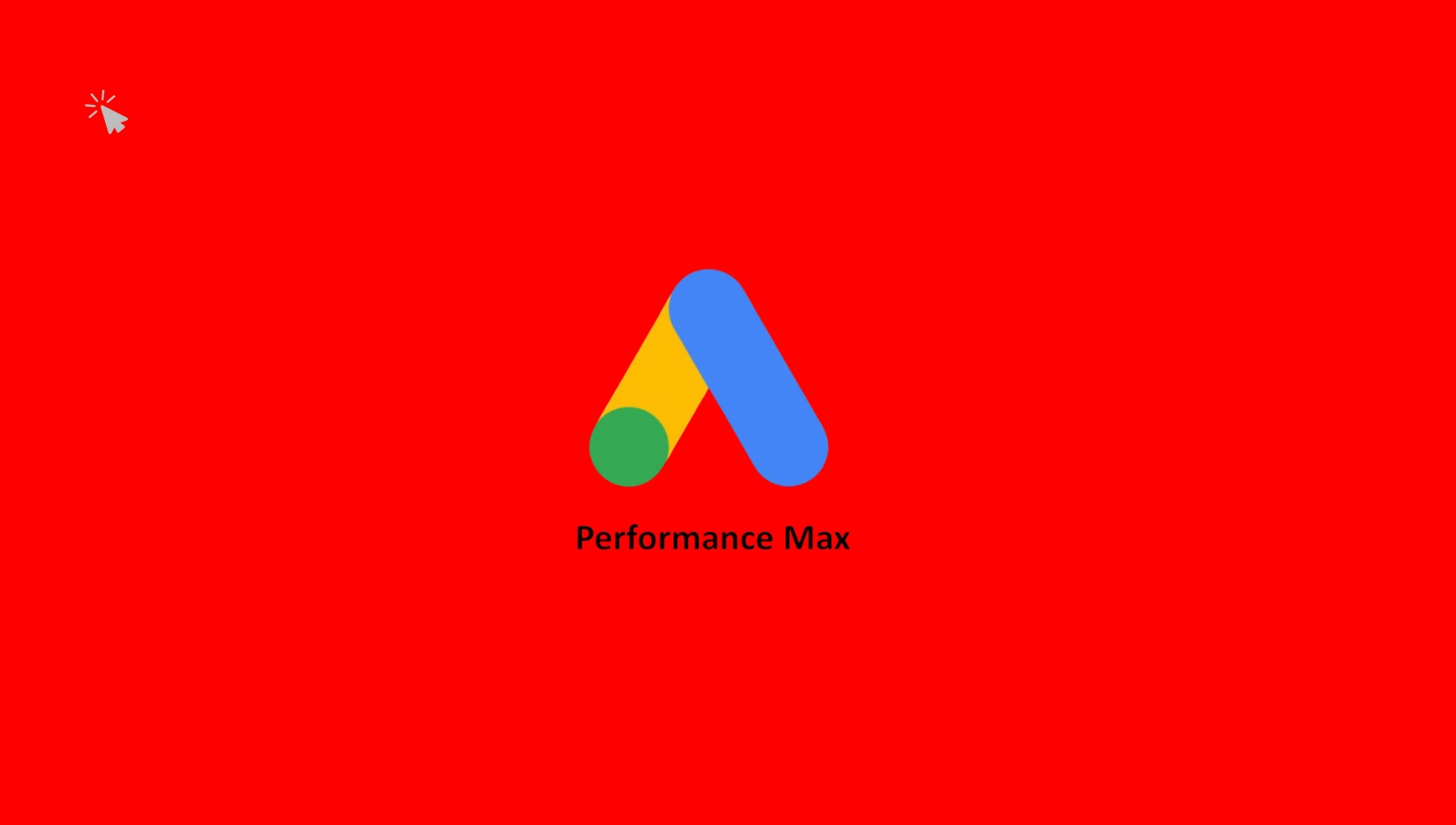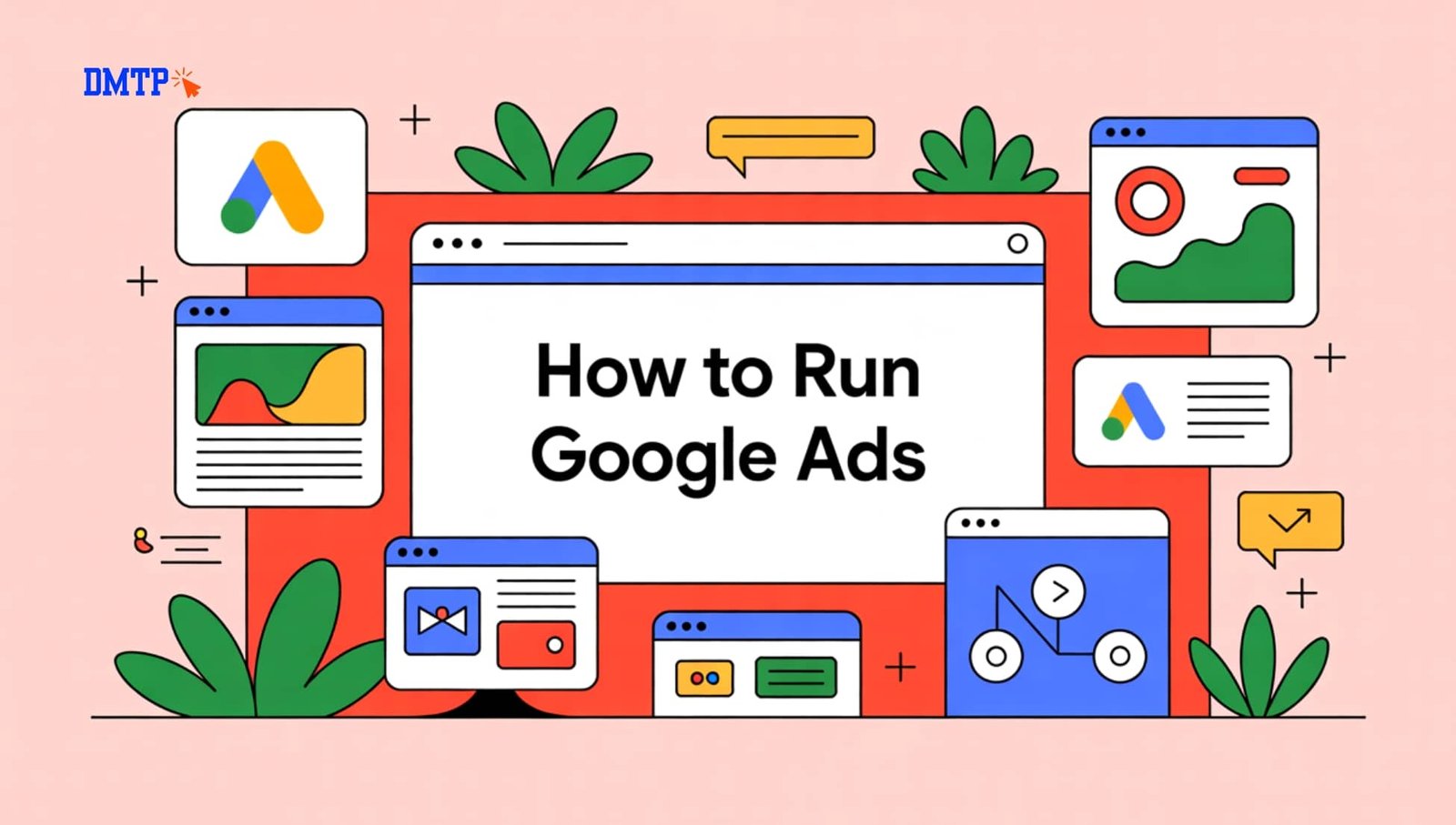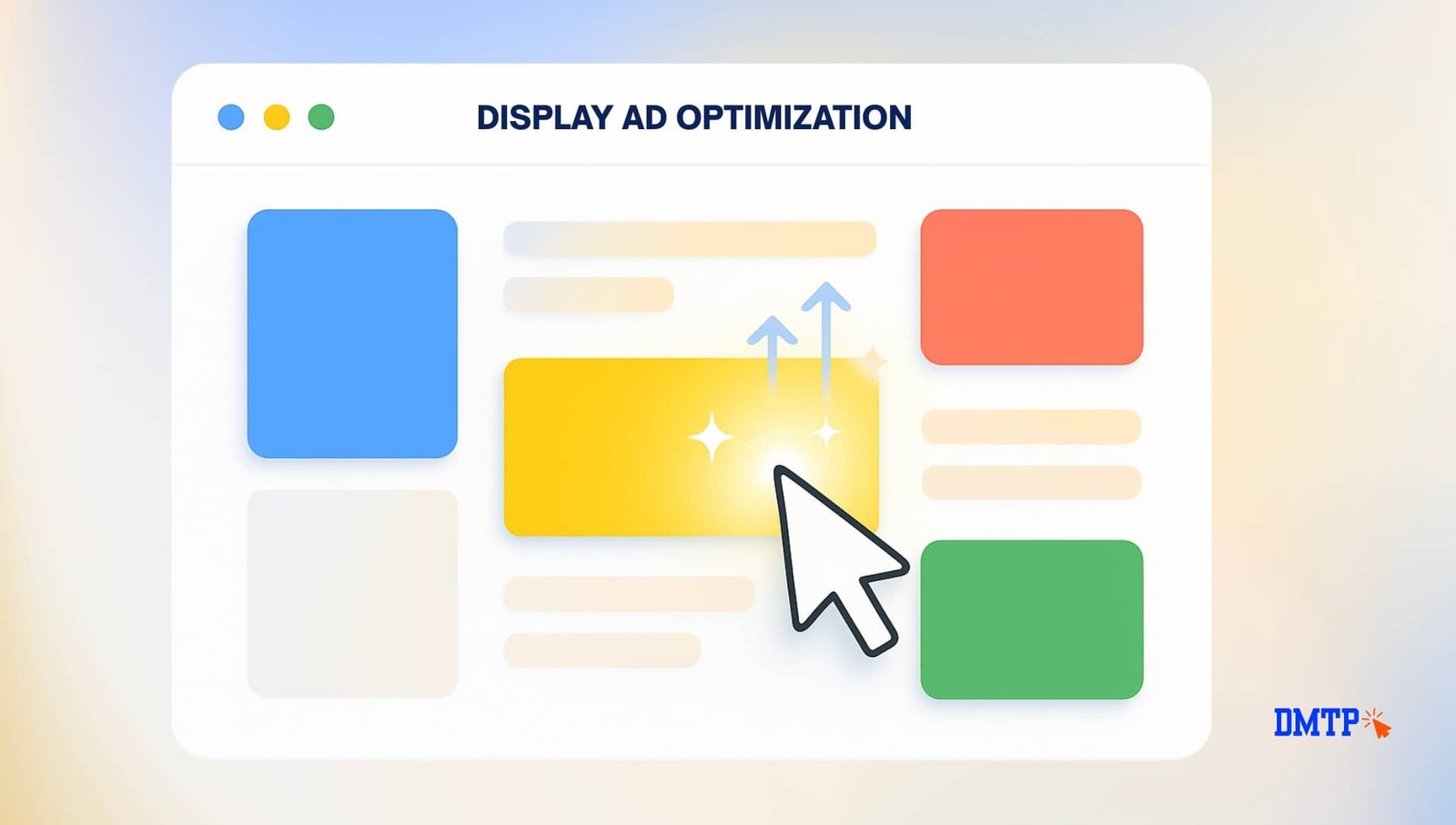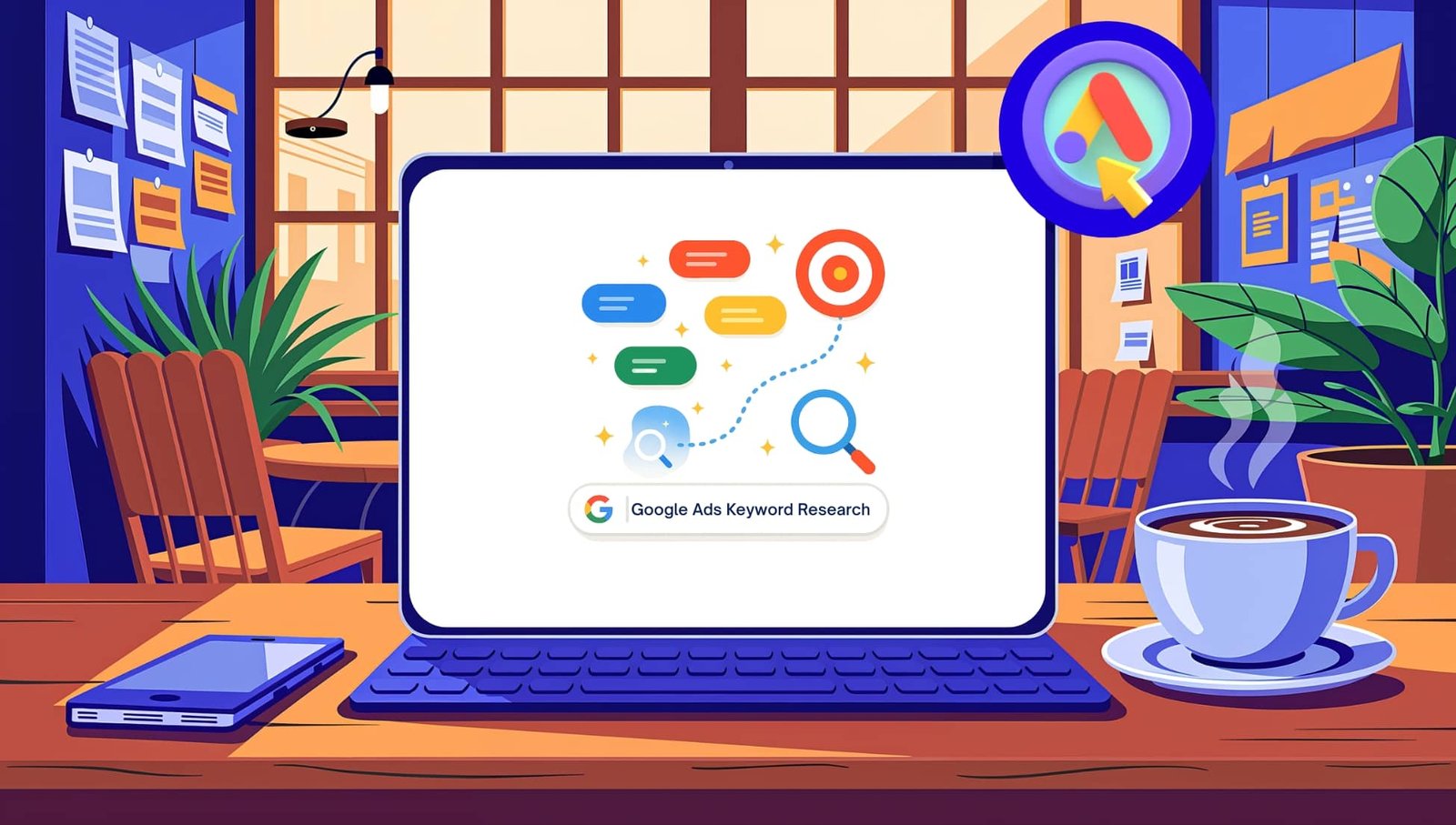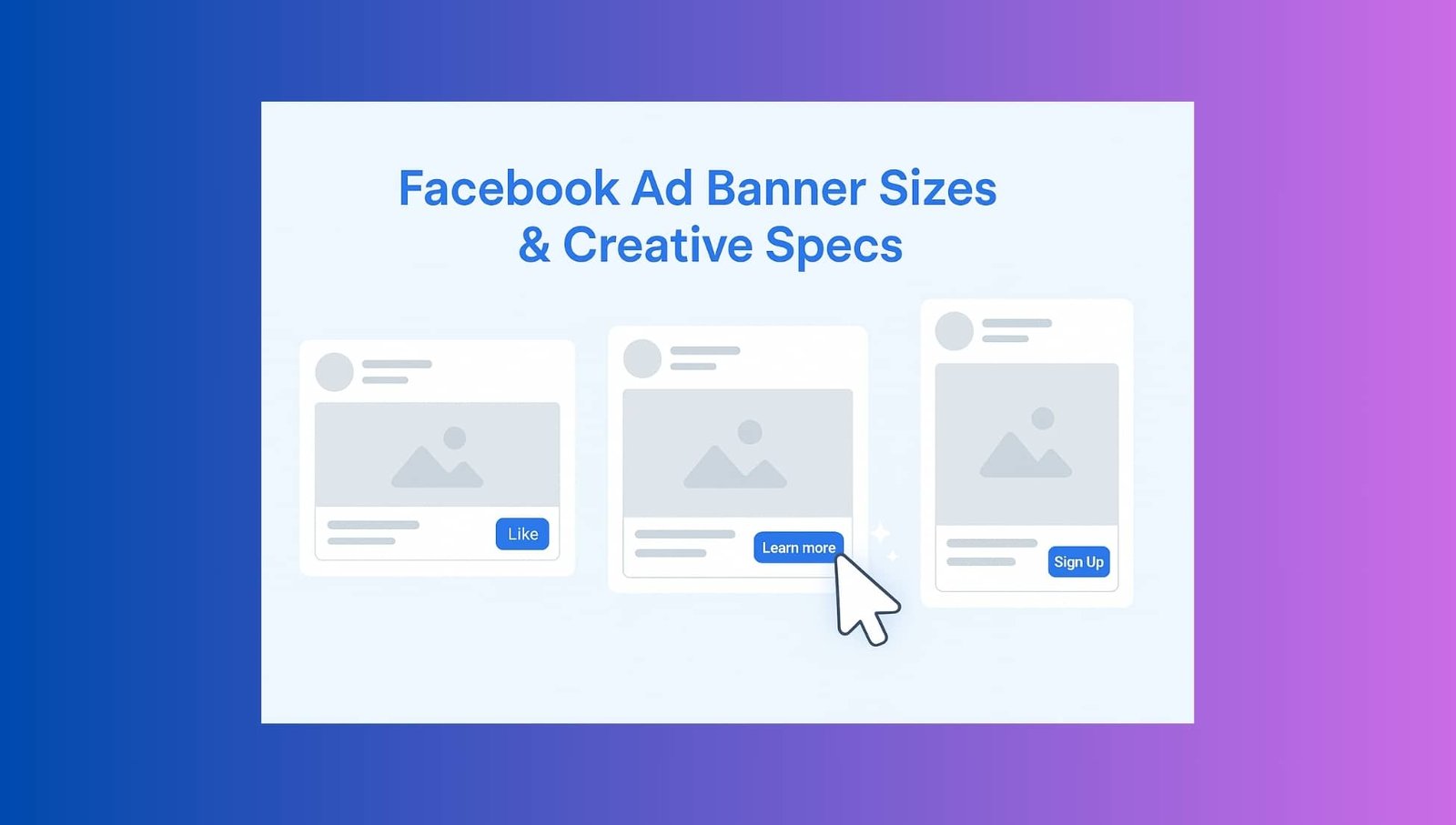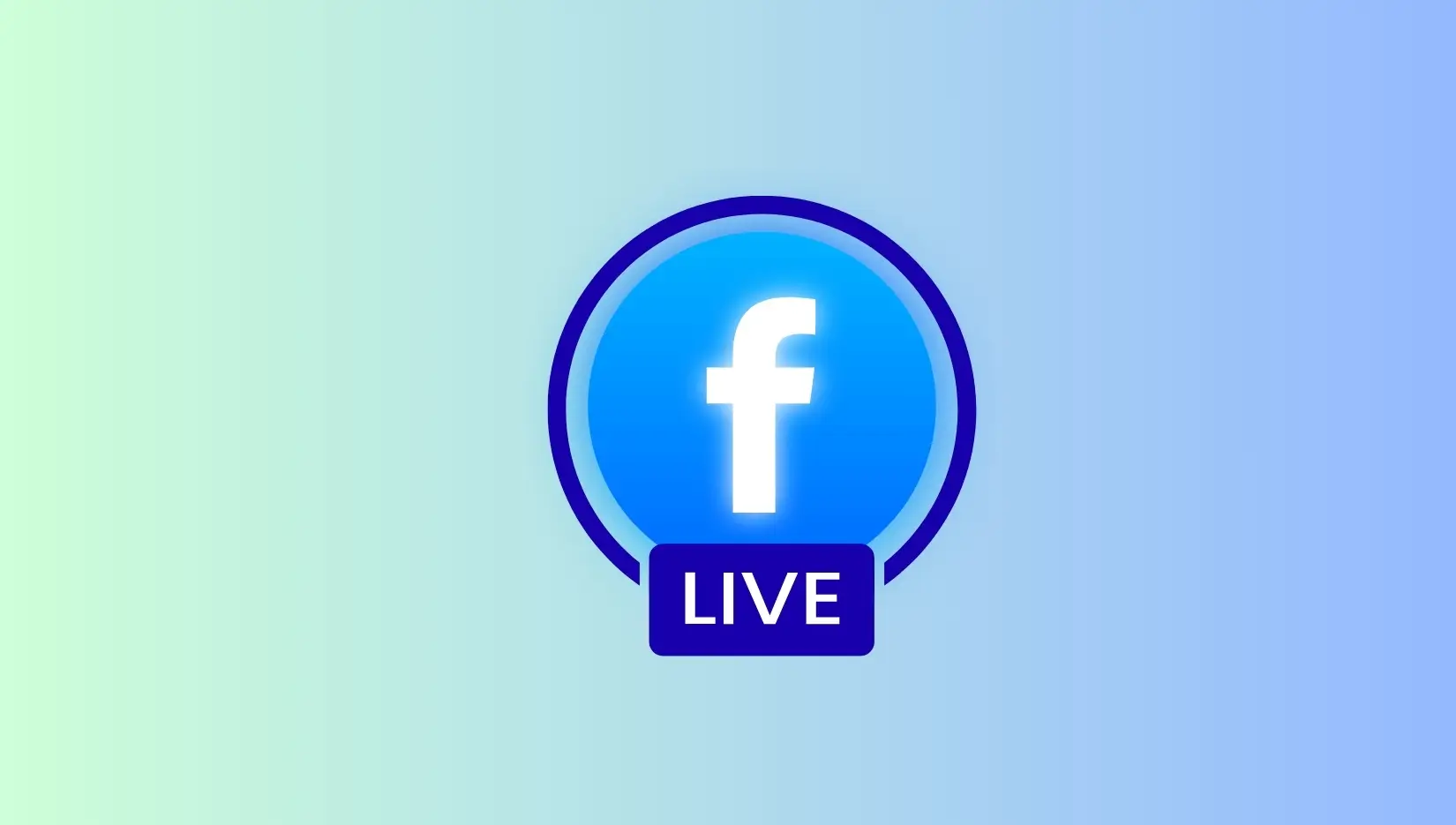Google has released a major change of Performance Max, giving advertisers greater control and better reports. If you’ve felt frustrated by the “black box” nature of your campaigns, this update could prove to be a pivotal moment. In this article, we’ll explain the new features, the reasons they’re important, and how you can utilize the new features to improve your approach.
Table of Contents
- What’s New in Performance Max
- Expanded Audience and Campaign Controls
- Smarter New Customer Acquisition Reporting
- Creative Transparency and AI-Powered Recommendations
- How Do These Updates Improve Your Campaign Strategy?
- What Should You Do Next to Leverage Performance Max Google Ads?
- Frequently Asked Questions
What’s New in Performance Max
Google Ads has introduced a new set of improvements to optimize performance of Google Ads with a focus on three specific areas:
- Increased reach and campaign control
- Better new customer acquisition reports
- Greater creative insight by utilizing AI-powered recommendations
The majority of the updates are out right now, though some features are currently in the beta stage. This is a list of what is the most important.
Expanded Audience and Campaign Controls
Performance Max has a tendency to rely strongly on automated processes, which has limited the control of advertisers. The new updates change the balance of power:
campaign-level negative keyword lists Advertisers are now able to use negative keywords lists to several campaigns rather than managing them in isolation. For example luxury brands can now exclude keywords such as “cheap” in all their campaigns simultaneously.
More Search Themes per Asset Group
The limit for search themes has increased between 25 and 50 for each asset group. This gives advertisers greater control in determining where ads are displayed without relying on old heavy-on keywords.
Device and Demographic Targeting Updates
You now have the ability to fully determine the device you want to target, deciding the location where ads will run (mobile desktop, desktop or completely excluding tablets). Targeting based on age is also possible as well as gender targeting being tested in beta. Google performance max is now closer to the exactitude found as a part of Search or YouTube campaigns.
Smarter New Customer Acquisition Reporting
Google has solved one of the most frustrating issues that people have: the incomprehensible “Unknown” label used in reports.
No More “Unknown” Conversions
A new and improved backend algorithm now gives more precise information on whether conversions are coming from returning or new customers. This means:
- Gain a better understanding of the number of new customers you’re really receiving.
- Effective bidding strategies to help increasing the number of customers you serve.
To ensure greater precision, Google advises you to use the updated parameter for customer acquisition in the conversion tracker tags.
Goal Diagnostics and Recommendations
Performance Max campaigns now surface problems like damaged conversion tags or goals that are not properly configured. They also have solutions to fix them which make troubleshooting quicker and less traumatic.
Creative Transparency and AI-Powered Recommendations
A long-standing complaint regarding Google’s performance optimization has been the absence of creativity. These updates allow advertisers to gain some control.
Final URL Expansion Asset Reporting
You now know which assets Google generated from your landing page, and what they did with them. You can also take away any assets that don’t match your brand’s voice or the legal requirements.
AI-Powered Creative Recommendations
Google has introduced specific creative suggestions for images. They offer suggestions for images to include and how to adapt to different locations (e.g., YouTube vs. Discover). This upgrade aids advertisers in scaling while ensuring that their creative is top-quality.
How Do These Updates Improve Your Campaign Strategy?
These adjustments let you mix automation and control.
Better Creative Testing
- Use asset group analysis to determine the most effective headlines, visuals and calls to action.
- Retire weak assets more quickly.
- Make use of AI-powered suggestions to boost cross-channel performance.
Smarter Keyword Strategy
- Extend your reach with the new search theme limitation.
- Make use of negative keyword lists to achieve greater effectiveness.
- Make use of search term insights to design campaigns that are exact matches as well as negatives.
Protecting Brand Budgets
- Eliminate branded queries to prevent from consuming organic traffic.
- Pay attention to paid-for spend in order to acquire new customers.
- Make sure that your investment is aligned with growth objectives.
What Should You Do Next to Leverage Performance Max Google Ads?
If you’re running Google’s campaign to maximize performance, you shouldn’t leave it to automation – take advantage of these new features.
Step 1: Audit Your Campaigns
Find out where your budget is wasted, such as on non-relevant keywords, clicks with low value or old-fashioned creative.
Step 2: Rework Creative Testing
Conduct structured experiments using the new tools for reporting and AI suggestions. For instance:
- Try different thumbnails of videos to determine YouTube’s positioning.
- Create alternative headlines for products within asset groups.
- Compare mobile-optimized and. desktop images.
Step 3: Build a Smarter Keyword Framework
- Make use of negative keyword lists across campaigns.
- Extend search theme inputs to provide more targeted search.
- Search term insights can help modify the campaign’s structure.
Step 4: Align Budgets to Growth Goals
- Reduce the amount you spend on brand clicks.
- Reallocate toward prospecting campaigns.
- Monitor growth in increments with improved acquisition reporting.
Frequently Asked Questions
What are the performance max google ads most effective used to?
It is best for advertisers who want to access to Google’s entire network – Search Display YouTube and Discover, all through one campaign, while ensuring optimization control.
Do I have control over the way my performance-max ads appear?
Yes, it’s more than ever before. With demographic and device targeting, exclusion of brands and negative keyword lists, you’ve got greater influence over the positioning.
How can I gauge my the success of Google Performance Max?
Make sure you are focusing on the incremental improvements. The elimination of “Unknown” reports and the improvement of diagnostics allow you to measure the new and. returning customers’ performance.
Key Takeaway: The latest updates to performance max combine automation’s scale with advertiser control. From smarter creative visibility to better acquisition reporting, Google is closing gaps that have frustrated advertisers for years. Success now comes from blending human strategy with machine intelligence.
Also Read: Display Ads Optimization: Improve Your Click-Through RatesAlso Read: Digital Marketing for Doctors: Marketphy.com Strategies for Growth